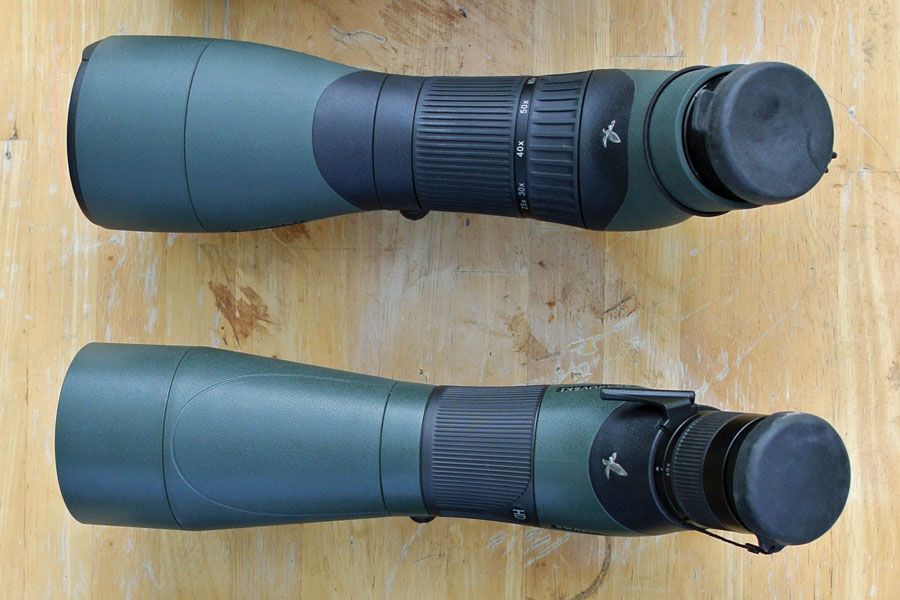I'm looking at getting a new spotter. I know there has been lots of posts about what do you think of this spotter, however I am open to feedback on spotters. However, I have the opportunity to be able to test most of the spotters at my house. Got a buddy who works at cabelas!
My question is how would one go about testing and evaluating each spotter to pick one.
My question is how would one go about testing and evaluating each spotter to pick one.


